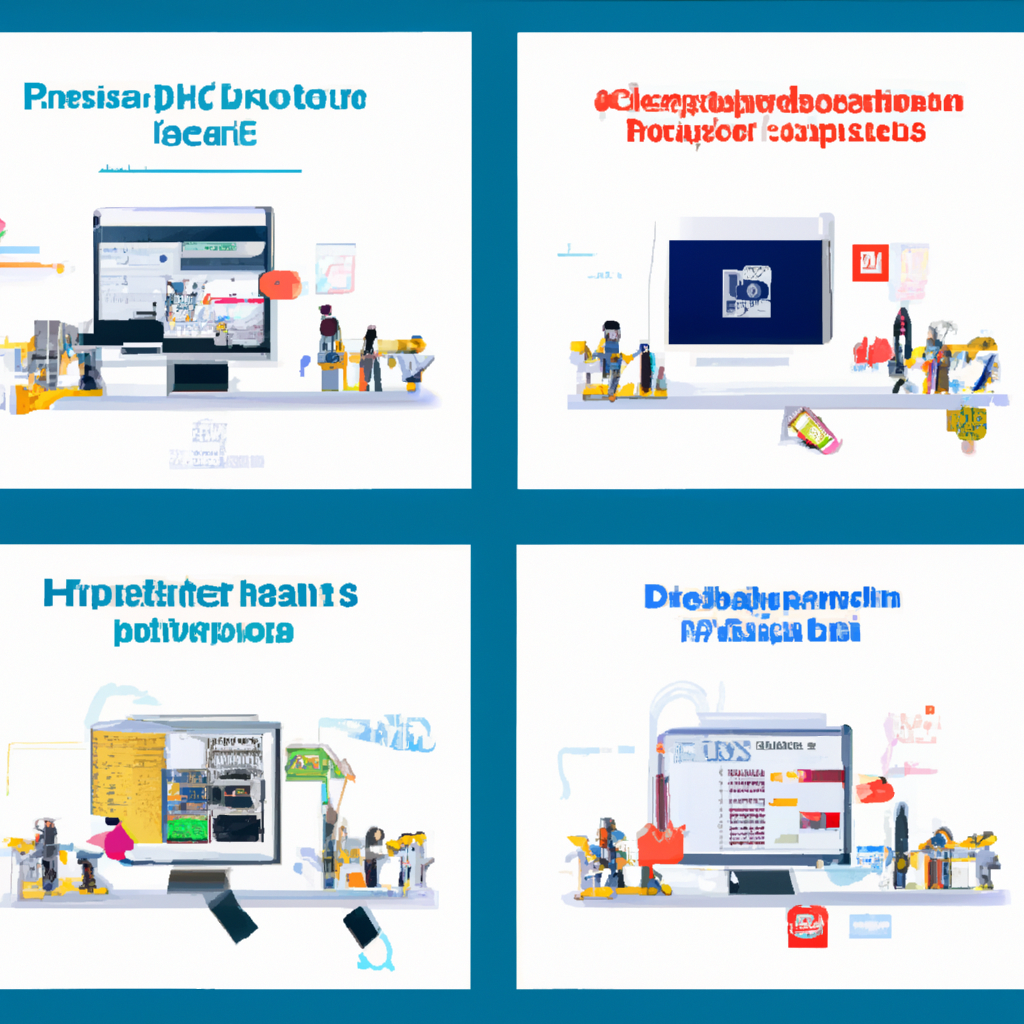Table of Contents
- Effective Cross-Channel Marketing Integration Techniques
- Understanding Cross-Channel Marketing Integration
- Key Strategies for Effective Cross-Channel Marketing Integration
- Developing a Unified Customer View
- Creating a Consistent Brand Message
- Utilizing Technology for Automation and Analytics
- Optimizing Timing and Frequency of Messages
- Case Studies of Successful Cross-Channel Marketing Integration
- Case Study 1: Starbucks’ Reward Program
- Case Study 2: Omni-Channel Retailing by Nordstrom
- Measuring the Success of Cross-Channel Marketing Integration
- Conclusion: Key Takeaways for Effective Cross-Channel Marketing Integration
Effective Cross-Channel Marketing Integration Techniques

Today’s digital landscape offers a plethora of platforms for marketers to reach their audience. However, the real challenge lies in integrating these channels effectively to create a seamless customer experience. Effective cross-channel marketing integration not only enhances brand presence but also drives higher engagement and conversions. This article delves into various techniques and strategies to master cross-channel marketing integration, backed by relevant examples, case studies, and statistics.
Understanding Cross-Channel Marketing Integration
Before diving into the techniques, it’s crucial to understand what cross-channel marketing integration entails. It involves the strategic and operational coordination of various marketing channels to deliver a consistent and more personalized experience to customers. This approach helps in leveraging the strengths of each channel to achieve marketing goals efficiently.
Key Strategies for Effective Cross-Channel Marketing Integration
- Developing a Unified Customer View
- Creating a Consistent Brand Message
- Utilizing Technology for Automation and Analytics
- Optimizing Timing and Frequency of Messages
Developing a Unified Customer View
One of the foundational elements of effective cross-channel marketing integration is creating a unified customer view. This involves collecting and integrating customer data from all touchpoints and channels to gain a comprehensive understanding of customer behaviors and preferences.
For instance, a major retail brand implemented a customer data platform (CDP) to consolidate data from its online store, mobile app, and physical outlets. This integration allowed the brand to tailor its marketing messages based on the customer’s past interactions with the brand, resulting in a 20% increase in customer retention.
Creating a Consistent Brand Message
Consistency is key in cross-channel marketing. Ensuring that your brand message aligns across all platforms helps in building brand recognition and trust. For example, Apple excels in this area by maintaining a consistent aesthetic and message from its website to its physical stores, advertisements, and product packaging.
Utilizing Technology for Automation and Analytics
Technology plays a crucial role in effective cross-channel marketing integration. Automation tools can help in scheduling and executing campaigns across different channels simultaneously. Additionally, analytics tools can provide insights into the performance of campaigns, helping marketers to make data-driven decisions.
A notable example is Netflix, which uses advanced analytics to understand viewing patterns and preferences, thereby enabling highly personalized content recommendations across its platform.
Optimizing Timing and Frequency of Messages
The timing and frequency of marketing messages can significantly impact their effectiveness. By analyzing customer data, marketers can identify the best times to reach out to their audience on different channels. This optimization ensures that messages are not only seen but are also relevant to the context in which they are received.
Case Studies of Successful Cross-Channel Marketing Integration
- Case Study 1: Starbucks’ Reward Program
- Case Study 2: Omni-Channel Retailing by Nordstrom
Case Study 1: Starbucks’ Reward Program
Starbucks’ rewards program is a prime example of effective cross-channel marketing integration. The program uses an app to integrate offers and discounts across both digital and physical channels. Members can order, pay, and earn rewards through their mobile device, and use those rewards in-store. This seamless integration has not only enhanced customer convenience but also increased customer loyalty and sales.
Case Study 2: Omni-Channel Retailing by Nordstrom
Nordstrom’s approach to omni-channel retailing involves integrating online and offline experiences. Customers can check online for product availability in stores nearby, reserve items for in-store trials, or even receive personalized fashion advice online. This strategy has significantly improved customer satisfaction and increased sales.
Measuring the Success of Cross-Channel Marketing Integration
To ensure the effectiveness of cross-channel marketing integration, it is essential to measure its impact. Key performance indicators (KPIs) such as customer engagement rates, conversion rates, and ROI from marketing campaigns can provide valuable insights into the success of integration efforts.
For example, a B2B company might track lead generation and conversion rates across different channels to determine the effectiveness of its integrated marketing strategy. By analyzing these metrics, the company can fine-tune its approach to optimize results.
Conclusion: Key Takeaways for Effective Cross-Channel Marketing Integration
Effective cross-channel marketing integration is crucial for businesses aiming to thrive in a multi-platform environment. By developing a unified customer view, creating consistent brand messages, utilizing technology, and optimizing the timing and frequency of messages, companies can enhance their marketing effectiveness. The success stories of Starbucks and Nordstrom serve as inspirations for integrating marketing channels in a way that not only meets but exceeds customer expectations.
As we move forward, the integration of cross-channel marketing will only become more critical as the digital landscape continues to evolve. Businesses that master this art will be well-positioned to lead in their respective markets.


